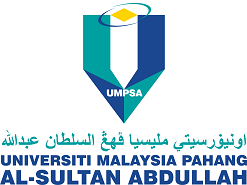A Review: Fiber Metal Laminates (FML’s) - Manufacturing, Test methods and Numerical modeling
DOI:
https://doi.org/10.15282/ijets.6.2016.1.10.1060Keywords:
Fiber Metal Laminates (FML), Mechanical properties, Computational modelsAbstract
Weight reduction of components is the main aim of different industrial sectors. This leads to increasing application areas of fiber composites for primary structural components. Aiming this objective, a new lightweight Fiber/Metal Laminate (FML) has been developed. Fiber metal laminate is one such material which is being widely investigated for its performance compared to existing material.. The most commercially available fiber metal laminates (FML’s) are ARALL (Aramid Reinforced Aluminium Laminate), based on aramid fibers, GLARE (Glass Reinforced Aluminium Laminate), based on high strength glass fibers and CARALL (Carbon Reinforced Aluminium Laminate), based on carbon fibers. The mechanical properties of FML show advantages over the properties of both aluminium alloys and composite materials individual. This paper reviews relevant literature which deals with different manufacturing techniques for FML’s with excellent properties under tensile, flexure and impact conditions. It also reviewed recent modeling techniques on FML’s. Modeling of tensile, flexure and impacts behavior on fiber metal laminates requires understanding the bonding between the metal and composite layer. Further research is necessary in the assessment of mechanical performance of complex structures in real world conditions.


